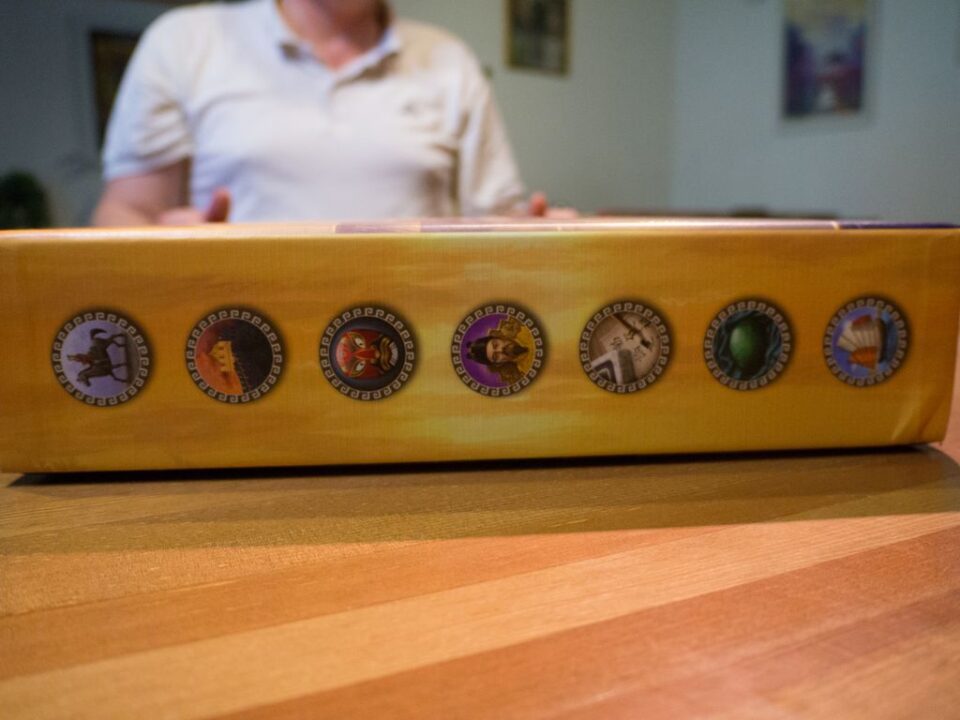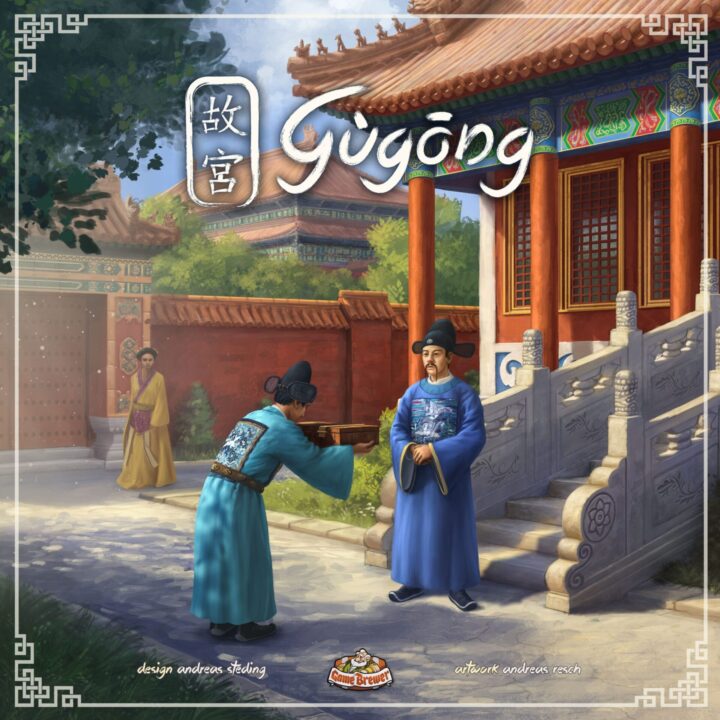Overview
Welcome to the world of Gùgōng, where strategic depth meets rich historical thematics. Today’s review delves into a board game that masterfully weaves mechanics with immersion. As we traverse through the intricacies of palace intrigue and the pivotal exchanges of lavish gifts, I offer you a take on why this game should take pride of place on your shelf. Let the journey through the Ming Dynasty’s powerful elite commence.
How It Plays
Setting up
To set up a game of Gùgōng, players each receive a player board, servants, and starting cards. Place the main board in the center, shuffle decree, gift, and intrigue cards, then place them on their respective locations. Players then arrange their starting cards for initial hand of actions.
Gameplay
Gùgōng revolves around card exchanges to perform actions. On your turn, you swap one card from your hand with one in the seven action areas on the board. The card you play determines the strength of the action and the card retrieved influences future plays. Using these actions, you’ll move your envoy, acquire jade, traverse the Great Wall, engage in diplomacy, and influence key figures to increase your standing.
Winning the Game
After rounds determined by the player count, the game concludes. Victory points are tallied based on decrees fulfilled, palace intrigue won, and overall accomplishments. Excessive gifts can lead to penalty points. The highest score through cunning play, strategic gift exchanges, and clever planning secures your role at the top rung of prestige and you win the game.
Want to know more? Read our extensive strategy guide for Gùgōng.
Gùgōng Review: Intrigue in the Forbidden City
There’s something uniquely captivating about delving into the historical backdrop of the Ming Dynasty while engaging in the clever gameplay mechanics of Gùgōng. My latest game night started with this enthralling board game, and it did not disappoint.
First Impressions and Strategy
Right from the outset, Gùgōng demands strategic planning. Navigating the gift-giving system felt like a dance of diplomacy, which always serves as a powerful icebreaker at my game table. Recently, a friend, typically reserved, astonished us all with his cunning gift exchanges, amassing unforeseen power almost seamlessly – the depth of these mechanics incentivizes even the most quiet players to leap into action.
Lasting Engagement and Complexity
As the night progressed, our initial strategies evolved drastically. This transformation is a testament to the dynamic nature of the game. The intricacy in its systems persuades players to adapt continually – a factor that repeatedly invites me to explore new approaches with every play. It was not just strictly about strategy; it was a social affair.
To conclude, do I recommend Gùgōng? Absolutely, yes. It merges complexity with social exhilaration, constructing an atmosphere that thread together competition and camaraderie effortlessly.

Conclusion
Concluding this review of Gùgōng, I’m left thoroughly impressed with the deep strategic layers and captivating social interactions it affords. The game’s brilliance lies not only within its elegant mechanics but also in the way it naturally cultivates player involvement. Whether it’s the enthralling trading system or the tense scramble for influence, Gùgōng masterfully intertwines gameplay and player engagement. My experiences were filled with laughter, nail-biting decisions, and companionship reforged in the fires of friendly competition. As all these elements come together, they elevate Gùgōng beyond a mere pastime, substantiating it as a memorable encounter with every playthrough. Therefore, it is with genuine enthusiasm that I reckon this game warrants a place on your shelf. And like the ancient court of China, your gaming gatherings too can resonate with the clever depths and social joys engendered by the wonderful game of Gùgōng.


